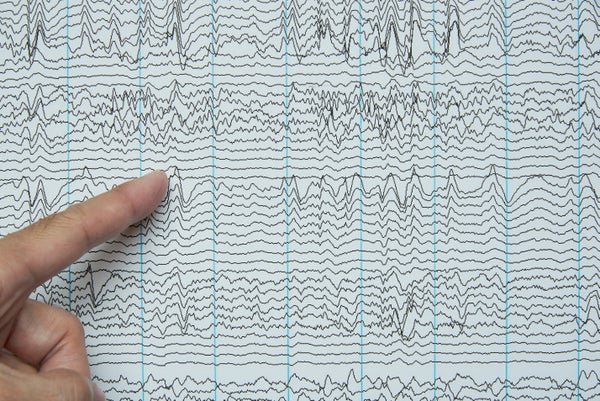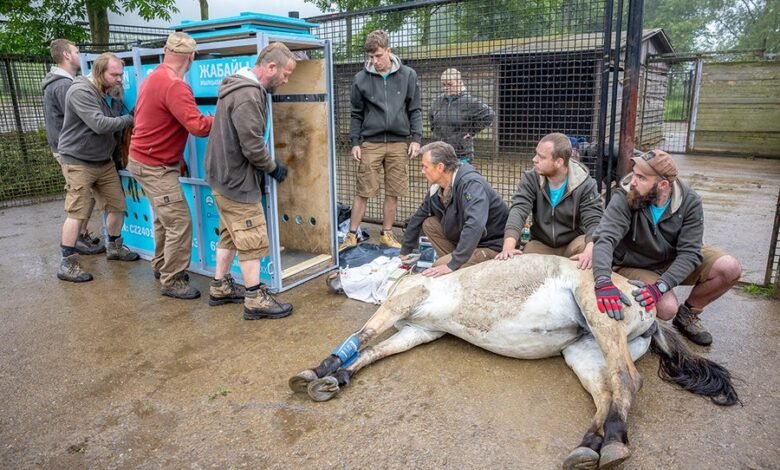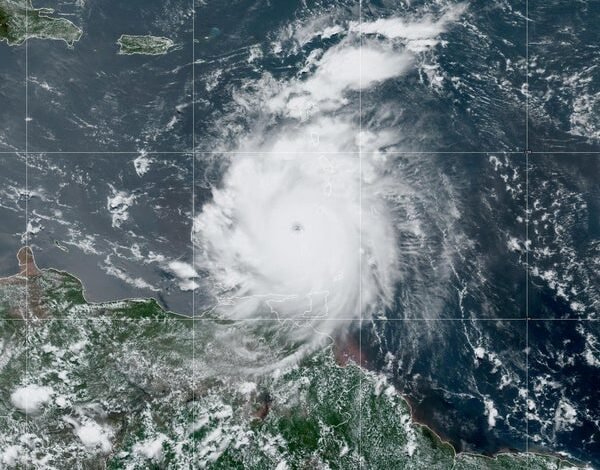SCIENCE
-

Komodo Dragons’ Nightmare Iron-Tipped Teeth Are a Reptilian First
Komodo Dragons’ Nightmare Iron-Tipped Teeth Are a Reptilian First Reptile teeth have long been considered simple and cheap because the animals replace them regularly. That isn’t so, Komodo dragons show By Meghan Bartels An adult Komodo dragon seen at a zoo. Jürgen & Christine Sohns/imageBROKER.com GmbH & Co. KG/Alamy Stock Photo There aren’t many scenarios in which getting a good…
Read More » -

First U.S. Species to Go Extinct from Rising Seas Is the Key Largo Tree Cactus
Meet the First U.S. Species to Go Extinct from Sea-Level Rise A tall cactus found only in Florida’s Key Largo is the U.S.’s first species to go extinct from sea-level rise By Ayurella Horn-Muller & Grist The Key Largo tree cactus was initially found growing in the United States in 1992 at a single site. That population has since been…
Read More » -

Between Twister and Twisters, Tornado Science Has Improved a Lot in Three Decades
Between Twister and Twisters, Tornado Science Has Improved a Lot in Three Decades Three decades of tornado science research is now at play in the new summer flick Twisters By Max Springer Helen Hunt and Bill Paxton as their characters Jo and Bill Harding in the 1996 movie Twister. Universal Pictures/Maximum Film/Alamy Stock Photo “Dorothy” was deliberately fed to an…
Read More » -

Asteroid Apophis Is Target of Europe’s New Ramses Mission
Europe Announces New Mission to Infamous Asteroid Apophis ESA’s Ramses spacecraft will scout out Apophis before and after the asteroid’s super-close flyby of Earth in 2029 By Meghan Bartels Artist’s impression of ESA’s Rapid Apophis Mission for Space Safety. Asteroid Apophis is ready for its close-up—but are we? In 2029 the sizeable space rock will swing by our planet within…
Read More » -

Facing Heat Waves, Cities Ask Scientists to Help Them Protect People
Facing Scorching Heat Waves, Cities Call on Scientists to Understand How People Respond Miami and New York City officials say they need more insight into how searing temperatures affect homeless people and other vulnerable populations By Chelsea Harvey & E&E News Sprinklers help people to cool off in Long Island City, N.Y., as temperatures soared on June 21, 2024. Selcuk…
Read More » -

The Supreme Court’s Contempt for Facts Is a Betrayal of Justice
The Supreme Court’s Contempt for Facts Is a Betrayal of Justice The Supreme Court majority’s recent decisions about homelessness, public health and regulatory power, among others, undermine the role of evidence, expertise and honesty in American democracy By The Editors Douglas Rissing/Getty Images When the Supreme Court’s Ohio v. EPA decision blocked Environmental Protection Agency limits on Midwestern states polluting…
Read More » -

From Diagnosing Brain Disorders to Cognitive Enhancement, 100 Years of EEG Have Transformed Neuroscience
From Diagnosing Brain Disorders to Cognitive Enhancement, 100 Years of EEG Have Transformed Neuroscience The EEG has shaped researchers’ understanding of cognition for everything from perception to memory By Erika Nyhus & The Conversation US Human brain waves from electroencephalography or EEG. The following essay is reprinted with permission from The Conversation, an online publication covering the latest research. Electroencephalography,…
Read More » -

Przewalski’s Horses Are Finally Returning to Their Natural Habitat
The newest equine additions to Kazakhstan’s “Golden Steppe” might seem, at first glance, to be unremarkable, with a donkeylike build and a mane that sticks straight up like a zebra’s. But these seven individuals are members of the last remaining species of wild horse: Przewalski’s (pronounced pshuh-val-ski’s) horse, known as kertagy or kerkulan in Kazakh. Horses roam freely in many…
Read More » -

Why Hurricane Beryl Underwent Unprecedented Rapid Intensification
Hurricane Beryl’s Unprecedented Intensification Is an “Omen” for the Rest of the Season Hurricane Beryl exploded in strength from a tropical depression to a Category 4 major hurricane unusually early in its development in part because of exceptionally warm ocean waters By Andrea Thompson Hurricane Beryl rapidly intensified from a tropical depression on June 28 to a major Category 4…
Read More » -

Presidential Debate’s Climate Change Question Contrasts Biden Record with Trump Falsehoods
Presidential Debate Contrasts Biden’s Energy Policy with Trump’s Climate Falsehoods During the first presidential debate, Biden alluded to the Inflation Reduction Act while Trump went on an incoherent rant about “H2O” By Joseph Winters & Grist President Joe Biden and former president and current Republican presidential candidate Donald Trump participate in the first presidential debate of the 2024 elections at…
Read More »
